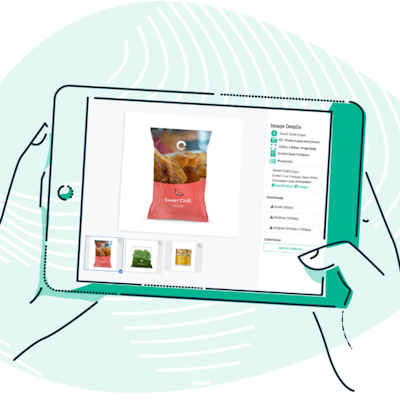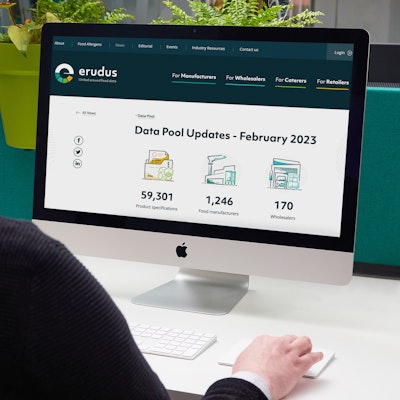All about Extended Producer Responsibility
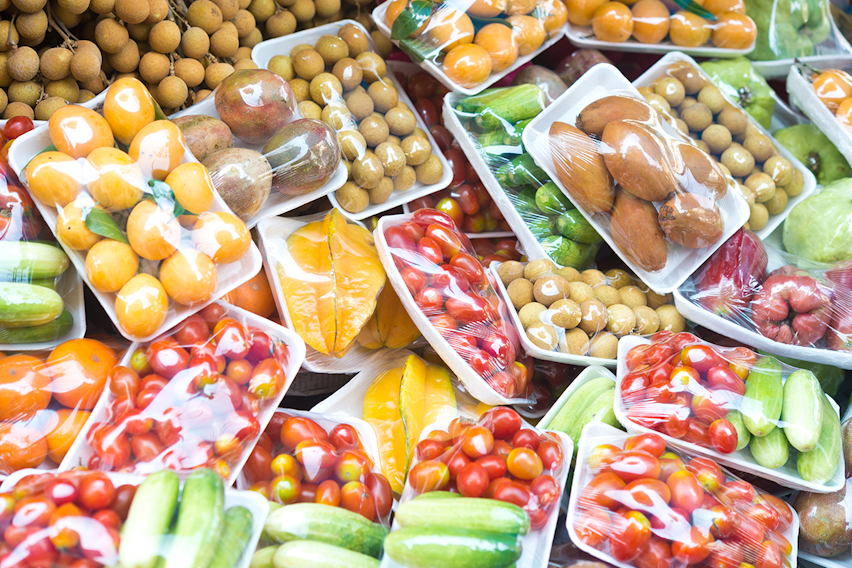
Extended Producer Responsibility (EPR) has been a hot topic of late, and last month it was announced by the government that their proposed scheme for EPR has been delayed by a year to October 2025.
This gives those it applies to more time to prepare, and since it’s impossible to prepare if you don’t have the correct facts, we decided to compile them into an easy guide you can keep to hand for when you get started...
What is Extended Producer Responsibility?
Extended Producer Responsibility (EPR) is new legislation being introduced in the UK as a reform of the existing UK Packaging Waste Regulations.
The diagram below, from the Food & Drink Federation’s website communicates what is covered by EPR. You can see it on their website here.
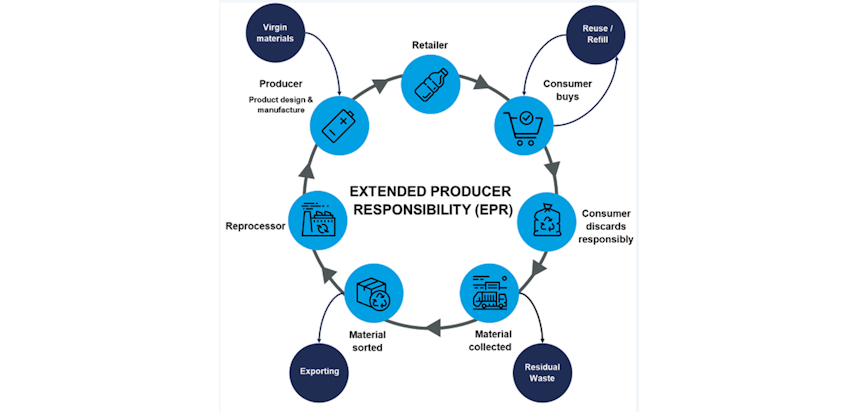
Why is it being introduced?
The aim of introducing EPR is for the producer to cover the cost created from managing and recycling any waste they produce.
Doing this will hopefully reduce unnecessary and difficult to recycle packaging, and increase the amount of packaging being recycled.
The Food & Drink Federation list the initiative’s objectives as follows:
- Producers pay the full net costs of the packaging waste they produce
- Reduce "excessive" packaging
- Packaging recyclability increased
- More packaging gets recycled
- Increased quality of material for recycling
- Less packaging is littered
Who does Extended Producer Responsibility affect?
EPR will affect any UK organisation that imports or supplies packaging. Any packaging data will be need to be collected and reported if all of the below apply:
- You’re an individual business, subsidiary or group (but not a charity)
- You have an annual turnover of £1 million or more (based on your most recent annual accounts)
- You were responsible for more than 25 tonnes of packaging in 2022
If you are unsure whether you need to report your packaging data, click here to find a useful guidance tool to find out if the regulations apply, and if so how to comply with them.
What data do you need to collect?
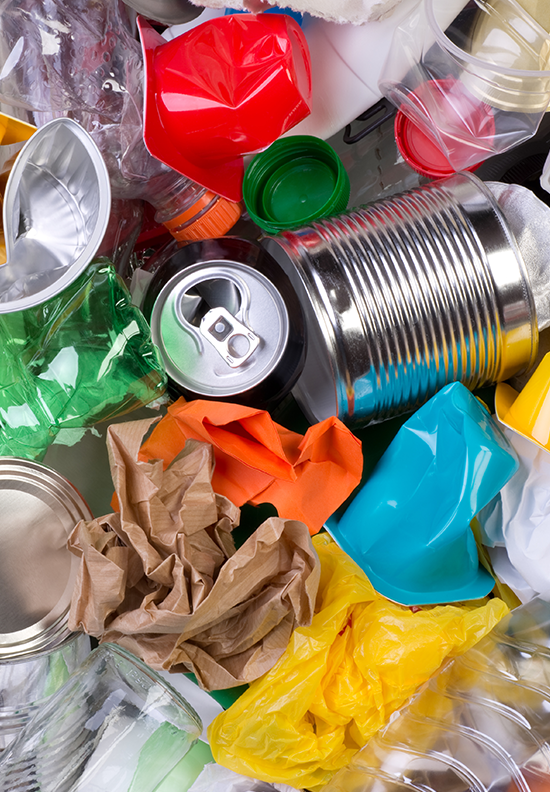
The data collected must include the following:
- Packaging activity - this is how you supplied the packaging, for example, supplied under your brand
- Packaging type - for example, if the packaging is household or non-household
- Packaging class - whether the packaging is primary, secondary, shipment or tertiary
- Packaging material and weight
What you need to do depends on whether you are seen as a small or large organisation. This is based on:
- Your annual turnover
- How much packaging you supply or import each year
Large organisations need to report data every 6 months, whereas small organisations report data once a year.
You can find out whether you are classed as a large or small organisation here.
What is household and non-household packaging?
According to the Department for Environment Food and Rural Affairs (DEFRA), the below should be reported as household or non-household packaging:
Household:
- Primary packaging
- Shipment packaging
If you supply primary or shipment packaging to a business who then supply it to another business or an end-consumer, all packaging should be reported as household packaging. For example, if you supply packaging to a business through a Wholesaler or distributor.
However, if some of this packaging is supplied directly to a business that is the end user and you have clear evidence of this, it does not need to be reported within this category.
- Non-household:
- Secondary packaging
- Tertiary packaging
Primary or shipment packaging should also be classed as non-household packaging if it is supplied to a business which is either:
- The end-consumer of the goods contained in the packaging
- An organisation that supplies the goods to an end-consumer with all of the packaging removed
However, if you cannot provide sufficient evidence of this you must class the packaging as household.
What is a Packaging Class?
Being able to define what class your packaging comes under is knowing whether it’s deemed as primary, secondary, shipment, or tertiary.
Primary packaging
Primary packaging is the packaging used for a single “sales unit” to sell to customers. For example, for a bottle of water the primary packaging would include the bottle, the label and the cap. This is also the same for a multipack sales unit. For example, for a multipack of crisps the primary packaging would be the individual plastic crisp packets and the larger bag grouping the crisps together.
Secondary packaging
Secondary packaging is the packaging used to group several sales units together for selling or shipping purposes. This may also include packaging used to display goods in a shop. For example, if the aforementioned bottles of water were displayed in a cardboard tray on a supermarket shelf, the cardboard tray would be classed as the secondary packaging.
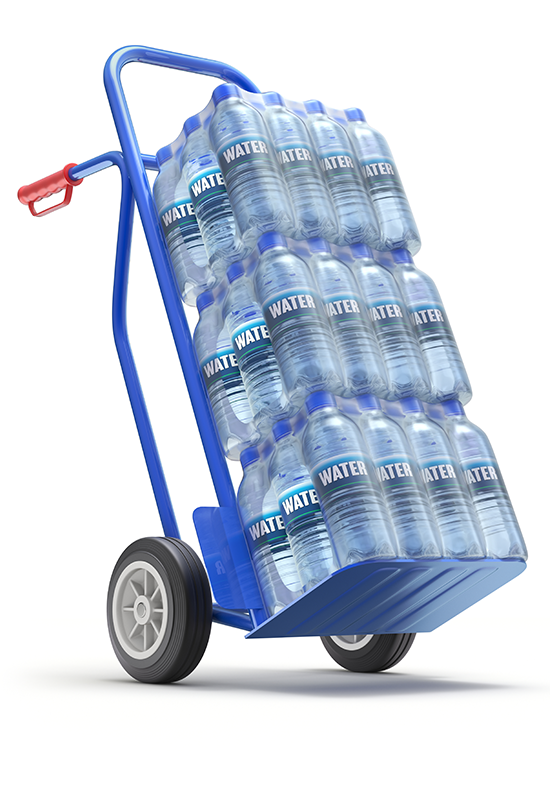
Shipment packaging
Shipment packaging is the packaging used for shipping single or multiple sales units directly to the end consumer. This includes packaging items such as cardboard boxes, bubble wrap and mail bags. For example, a plastic mailing bag used to package goods before shipping.
Tertiary packaging
Tertiary packaging is often referred to as transit packaging. This layer of packaging is used to group secondary packaging units together to protect them while being transported or handled through the supply chain. For example, for secondary packaging units that are placed into larger cardboard boxes sealed with parcel tape and placed on a wooden pallet, the cardboard box, the parcel tape and the wooden pallet would be considered tertiary packaging.
And remember...
Despite the delay to EPR that has been announced, DEFRA has confirmed that this new development does not affect other timescales - meaning packaging data for 2023 must still be reported. You can find out more about that here.
How can Erudus help Manufacturers comply with EPR?
As of 8 January 2024, Erudus are upgrading our Packaging Model, and including a new packaging layer that will help with waste packaging compliance.
The new packaging layer that is being introduced, in addition to the introduction of more granular base and extended materials for packaging components, aligns with the packaging materials and packaging layers of EPR - which means the Erudus dataset for waste packaging will be able to be used when processing calculations related to EPR legislation.
You can watch our informative Waste Packaging webinar below.
You may also be interested in…
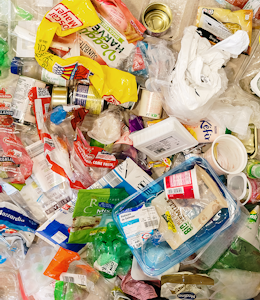
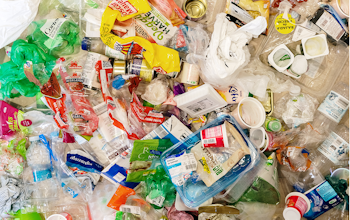
You may also be interested in…
How the change in Plastic Packaging Tax affects your products on Erudus
ReadYou may also be interested in…
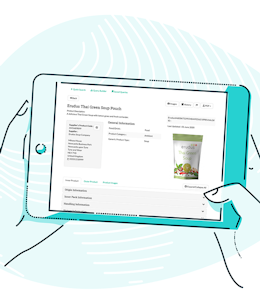
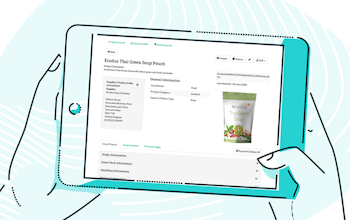
You may also be interested in…



